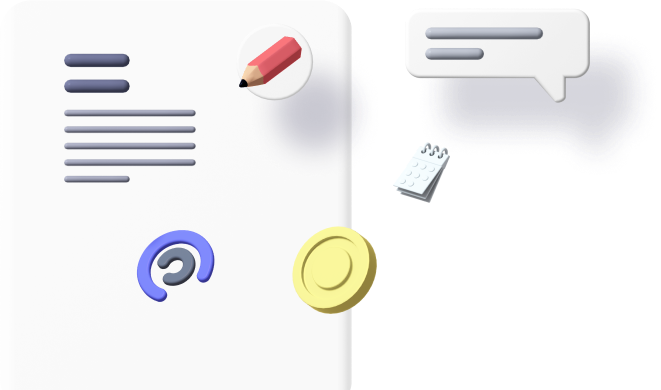In the dynamic world of software development, it’s not just about getting the code to work—it’s about writing code that’s clean, maintainable, and consistent. That’s where PHP code standards play a vital role. They help teams produce professional-quality code that scales and stays readable over time.
This guide outlines the coding practices we follow to ensure our PHP projects are robust, collaborative, and easy to maintain. Whether you’re building a simple site or a large-scale web application, aligning with a set standard makes a huge difference.
Why PHP Code Standards Are Non-Negotiable
If you’ve ever opened a messy codebase, you already know the pain of poor formatting, inconsistent logic, and cryptic variable names. These issues aren’t just annoying—they lead to bugs, slow down collaboration, and make updates a nightmare.
That’s why PHP code standards are non-negotiable in any serious development environment. Here’s how they help:
- ✏️ Better Readability: Clean, uniform code is easier to read, debug, and extend.
- 🔄 Team Collaboration: Standards reduce friction in code review and version control.
- 🧪 Fewer Bugs: Code that adheres to best practices is more predictable and testable.
- 📈 Scalability: Standardized code lays a solid foundation for growth and updates.
🔧 Core PHP Standards We Follow
Here are the key conventions that guide our day-to-day PHP development.
1. PSR-12 as the Foundation
We use PSR-12 as the baseline for all coding style decisions. This standard builds on PSR-1 and PSR-2 with enhanced clarity and precision. Some highlights include:
- 4-space indentation
- Strict typing declarations (
declare(strict_types=1);) - Braces on the next line (K&R style)
- One class per file with clear naming
This structure ensures every line of code is purposeful and readable, especially when building within any PHP framework like Laravel or Symfony.
2. Meaningful Naming Conventions
Code should be self-explanatory. That’s why we use:
camelCasefor functions and variablesStudlyCapsfor class names- Verb-based names for methods (
generateReport(),sendEmail())
Descriptive, consistent naming speeds up development and reduces the need for extra comments.
3. Smart Commenting Practices
We apply the “why over what” rule for comments:
phpCopyEdit/**
* Returns a discounted price for gold members.
*
* @param float $price
* @return float
*/
public function getGoldDiscount(float $price): float
{
// Apply 20% discount for gold members
return $price * 0.8;
}
This clarity helps future developers (including yourself) understand decisions made in the past.
4. Security and Error Handling
Security is at the core of our practices. Every web application we build is developed with cybersecurity in mind:
- All user inputs are validated and sanitized
- Database queries use prepared statements to prevent SQL injection
- Try-catch blocks ensure error resilience
- No use of
@to hide warnings or errors
In today’s environment, clean code is secure code.
5. Automation & Tools
To enforce standards consistently, we use:
PHP-CS-Fixer– Formats code automatically to PSR-12PHPStan– Static analysis to catch early bugsPHPMD– Identifies potential quality issues- Pre-commit hooks – Ensures checks before pushing code
These tools streamline quality assurance and prevent bugs before they reach production.
Real Impact of Following PHP Code Standards
When developers consistently follow PHP code standards, the benefits are visible across the board:
- Faster onboarding: New developers get up to speed quickly.
- Easier maintenance: Less time spent deciphering what old code does.
- Professional results: Clients experience fewer bugs and faster delivery.
- Future-proofing: Structured code adapts better to change.
- Smarter code reviews: Clearer structure makes every code review more effective.
In short, these standards help teams write better software, together.
Final Words
Coding standards aren’t meant to limit creativity—they channel it. With a solid foundation of PHP code standards, your team can move faster, build stronger, and collaborate more effectively.
Let your code speak the language of clarity, structure, and confidence. It’s one of the simplest ways to level up your software development process and deliver secure, scalable web applications.



